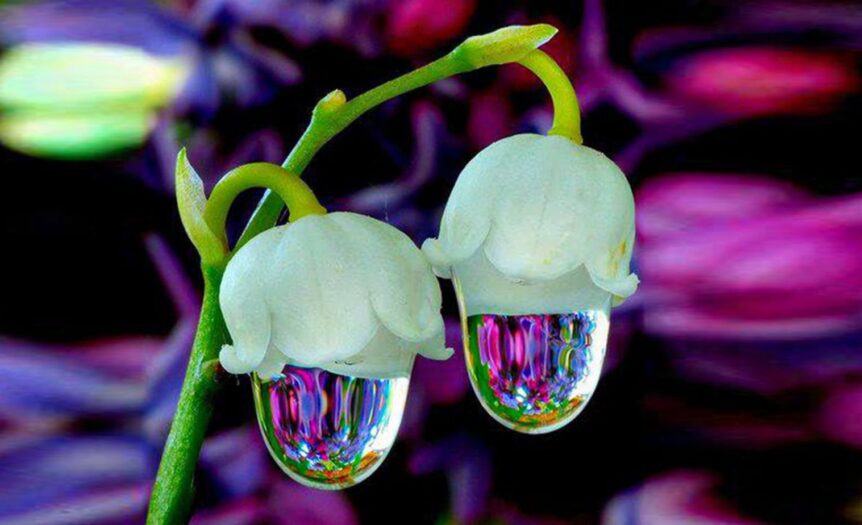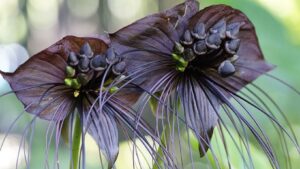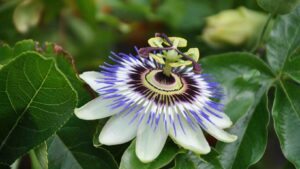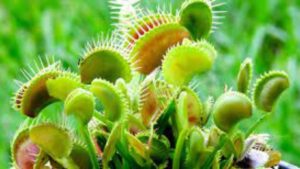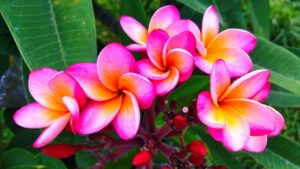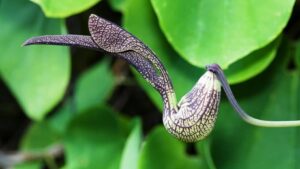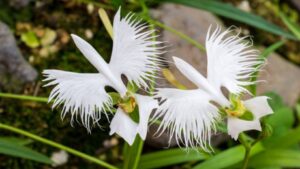If you’re intrigued by unique plants, you’ll love getting to know the Bh Berduri. This fascinating flora, native to Southeast Asia, is a marvel of nature with its thorny exterior and vibrant blooms.
It’s not just about looks, though. The Bh Berduri is known for its resilience, thriving in various conditions. Its adaptability is a testament to the wonders of the natural world.
But there’s more to this plant than meets the eye. Let’s dive in and explore the captivating world of the Bh Berduri, a plant that truly stands out in the crowd. Another step in its adaptation process is its vibrant yellow and red blooms. Not just for visual appeal, these colors are strategic moves for attracting particular pollinators, thus helping in its reproduction.
Bh Berduri
Can you imagine a plant that carries its heritage from vibrant and diverse Southeast Asia? That’s right. I’m talking about the fascinating Bh Berduri, a unique botanical gem that extends its roots to this culturally rich region. Filled with everything from lush jungles to towering mountains, Southeast Asia is a haven for diverse flora. And our Bh Berduri is no exception to this biological wonderland.
Just picture this. Amidst the sea of green in dense rainforests, the Bh Berduri stands tall, announcing its existence to the world. One glance at its striking blooms, an explosion of color amidst the green, and you’ve pinpointed the heart of its origins. The tropical rainforest is a land of resilience and growth. Here, amidst competition and diversity, the Bh Berduri adapted, thrive, and claim their territory.
The journey doesn’t stop at being a Southeastern native. The Bh Berduri’s adaptability allowed it to spread its wings beyond the region. Today, it graces gardens all over the world. This unique plant has made its home in terrains and climates far removed from its initial rainforest habitat, but it carries with it, a rich history and the beautiful complexity that speaks of its origins.
Physical Characteristics
Delving deeper into the make-up of the Bh Berduri, it’s clear this plant has developed quite outstanding features to ensure its survival. Chief among them is its robust thorny exterior. This thorny surface, known to botanists as the rind, is a protective measure, preventing it from being an easy meal for the varied wildlife in Southeast Asia’s jungles.
However, looks can be deceiving as this formidable looking plant dons vibrant, eye-catching blooms. The flowers of Bh Berduri vary in color, widely noted for their spectacular shades of bright yellow and deep red hues. These blooms do more than just brighten up the rainforest; they attract pollinators, ensuring the continuation of the species.
Let’s delve a bit into numbers. The Bh Berduri typically grows to a height of 2-4 feet, with its thorns measuring up to half an inch long. Here’s a quick breakdown:
| Maximum Height(feet) | Length of Thorns(inches) |
| 2-4 | Up to 0.5 |
The unique, broad leaves of the Bh Berduri are as noteworthy as the rest of its physical characteristics. They have a glossy, dark-green surface that reflects sunlight, aiding in photosynthesis and consist of a pointed tip, ideal for trickling down raindrops to the root system.
Its root system is shallow, widespread and sturdy, ideal for the Bh Berduri to latch onto the forest floor, securing its survival amid the writhing undergrowth of the rainforest. The toughness of its root system is what contributes to its adaptability, which has enabled it to be cultivated in gardens across the world.
Resilience and Adaptability
Living in the lush rainforests of Southeast Asia requires a unique set of survival skills. The Bh Berduri has adapted an array of impressive traits to thrive in this dense, chaotic environment.
Noticeable is its shallow yet sturdy root system. Despite first appearances, these roots are actually quite effective for anchoring the plant within the rainforest floor. They spread out wide, hugging the ground tightly. This allows the Bh Berduri to firmly secure itself, withstanding the frequent and heavy storms common in its natural habitat. Moreover, these roots are not picky about soil type, enabling the plant to grow in a variety of environments.
The Bh Berduri’s true resilience can be seen in its tough exterior. Unlike other plant species that are vulnerable to wild animals, the Bh Berduri has a robust thorny exterior that serves as a defense mechanism. Its half-inch thorns are enough to deter most herbivores, preventing damage and promoting growth.In addition, the plant has glossy, dark-green leaves ideal for optimal photosynthesis even in limited sunlight. The shiny surface helps repel rainwater, ensuring the leaves stay dry and healthy in the humid climate.
Ecological Importance
Peeking beyond the Bh Berduri’s allure, we find an ecological trove of significance residing in its thorny perimeter. This plant graces the rainforest with benefits that extends far beyond its glossy green leaves.
One key factor of the Bh Berduri’s ecological contribution is its ability to prevent soil erosion. With the region’s susceptibility to heavy storms and high rainfall, structures to retain soil are pivotal. The Bh Berduri’s dense, intertwining root system binds the soil together, offering a cost-effective and natural solution.
Moreover, the plant plays a crucial role in providing shelter and sustenance for a wide variety of flora and fauna. The thorny exterior, while a defense mechanism against herbivores, provides nesting space for a multitude of bird species.
In terms of promoting biodiversity, the Bh Berduri shines. It’s vibrant blooms not only attract pollinators but also serve as a pollen source. Each visit by a pollinator such as a bee or a butterfly propels an ever-growing ripple of life and diversity within the ecosystem.

